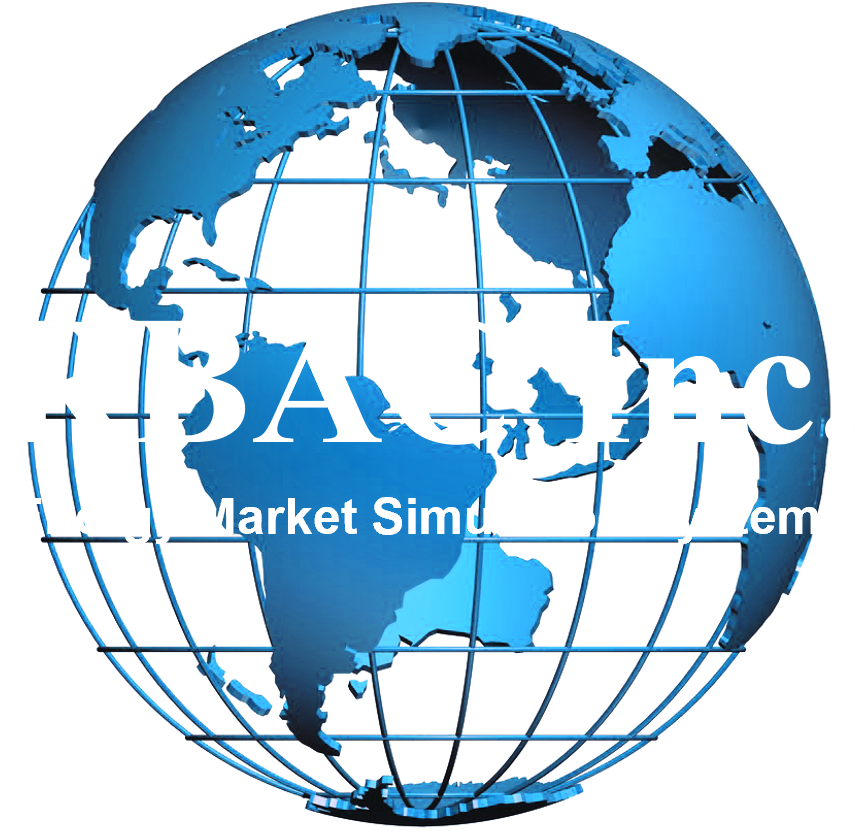Global electricity demand is surging, driven by AI breakthroughs, the rapid build-out of data centers, electric vehicles, and widespread electrification. These shifts are reshaping energy markets in ways that are not always obvious. At RBAC, we use our energy market simulation tools to forecast how natural gas will respond to this new wave of demand. By running scenarios, we can see how regional infrastructure, pricing, and supply balances adjust when data centers grow at scale. This insight helps producers, policymakers, and technology leaders make better decisions in an uncertain energy future.
In a recent podcast with Armando Cavanha, Robert Kachmar and Cyrus Brooks discussed how AI and natural gas will work together to power the future.
This podcast is related to Robert Kachmar’s recent article, Forecasting the Surge: Virginia Data Centers, Natural Gas, and the Power Demand Puzzle.
Here are some of the key insights:
The Drivers of Rising Power Demand
Artificial intelligence and the data centers that power it have become one of the fastest-growing drivers of electricity demand. Just a few years ago, few expected the breakthroughs in machine learning and large language models — such as ChatGPT — to create such exponential growth in computing requirements. At the same time, electrification of vehicles, households, and industry is adding new load to grids worldwide. And in developing economies across South America, Southeast Asia, China, and India, rapid economic growth is accelerating overall power demand.
These shifts are not isolated trends. They represent new stresses on electric grids everywhere. With RBAC’s modeling, we can turn these drivers into testable scenarios — examining how changes in demand affect natural gas flows, regional prices, and the infrastructure needed to support reliable power.
The U.S. Advantage
In the United States, natural gas has become the leading source of electricity generation, thanks to abundant shale resources and a well-developed pipeline system. But to really make use of these advantages you can use modelling tools to see clearly how these assets can be leveraged in the era of artificial intelligence. Using RBAC’s GPCM® market simulator, we can simulate how demand growth in regions like Virginia — home to the world’s largest concentration of data centers — interacts with supply from nearby basins such as the Marcellus and Utica.
This scenario analysis highlights how new data center load could shift natural gas flows, alter regional prices, and even require additional pipeline capacity or compression. Unlike general statistics about resource availability, these insights show decision-makers what changing demand actually means for infrastructure and markets.
Natural Gas’s Flexibility
One of natural gas’s biggest advantages is its flexibility. Unlike renewables, which depend on weather conditions, natural gas can quickly ramp up or down to balance supply and demand. The ERCOT grid in Texas demonstrates this clearly: when wind output drops suddenly, natural gas generation fills the gap just as rapidly.
For data centers, where even brief outages can cause major disruptions, this kind of reliability is critical. While renewables are growing, they cannot solely provide the uninterrupted supply which hyperscale facilities require.
That’s why RBAC’s modeling of natural gas markets is so important. For markets that include renewable energy portfolios and even carbon credits, tech and energy companies as well as other stakeholders need to know how the market will run, not only as to prices, but supply, demand and flows, including any possible constraints.
Data Centers and Regional Impacts
Virginia, home to the highest concentration of data centers in the world, is at the center of this story. To understand the potential impacts, RBAC used its GPCM® market simulator to run scenario analyses: what happens if data center demand grows by 0.5 Bcf/day? By 1.5 Bcf/day?
The results show clear consequences. Higher data center demand raises regional natural gas prices, shifts pipeline flows into Virginia, and increases the likelihood of new infrastructure — whether through additional pipeline capacity or more compression on existing systems. By uncovering insights such as this, RBAC provides decision-makers with concrete data rather than speculation, helping utilities, producers, and technology companies plan for reliable power under different growth scenarios.
Storage, Security, and Future Investments
Natural gas also offers superior storage capabilities compared to batteries. Stored in salt caverns, aquifers, or depleted wells, natural gas can be drawn upon during peak demand or supply disruptions. This gives data centers an added layer of reliability and positions regions like Texas and Louisiana—close to both production and storage hubs—as attractive destinations for future investment.
Producers are already responding. Companies in the Marcellus and other shale regions are securing contracts with data centers, signaling long-term commitments to meeting this demand. By testing scenarios with different levels of storage access or long-term contracts, RBAC helps producers, utilities, and data center operators see how these choices affect reliability, pricing, and investment risk.
Looking Ahead
As the energy transition progresses, electricity systems will be shaped by the combined influence of renewables, nuclear, efficiency gains, and natural gas. Each has a role, but the question for decision-makers is not which fuel wins — it is how different pathways will affect markets, infrastructure, and reliability.
That is where RBAC’s modeling makes the difference. By running high, medium, and low demand scenarios for data centers, or testing different assumptions about storage, contracts, and generation mix, RBAC provides clarity where speculation usually dominates. The result is actionable insight: producers, policymakers, and technology leaders can prepare for the AI-driven surge in power demand with greater confidence.
The rise of AI and data centers is a turning point in global electricity demand. RBAC’s GPCM® Market Simulator for North American Gas and LNG enables the industry to anticipate change, manage risk, and make smarter energy decisions in a rapidly evolving landscape.
Have any questions about the content covered or interest in a demonstration of our market simulation tools? Contact us today by clicking here.
RBAC, Inc. has been the leading provider of market fundamental analysis tools used by the energy industry and related government agencies for over two decades. The GPCM® Market Simulator for North American Gas and LNG™ is the most widely used natural gas market modeling system in North America. RBAC’s G2M2® Market Simulator for Global Gas and LNG™ has been instrumental in understanding evolving global gas and LNG dynamics and is vital in fully understanding the interrelationship between the North American and global gas markets.


